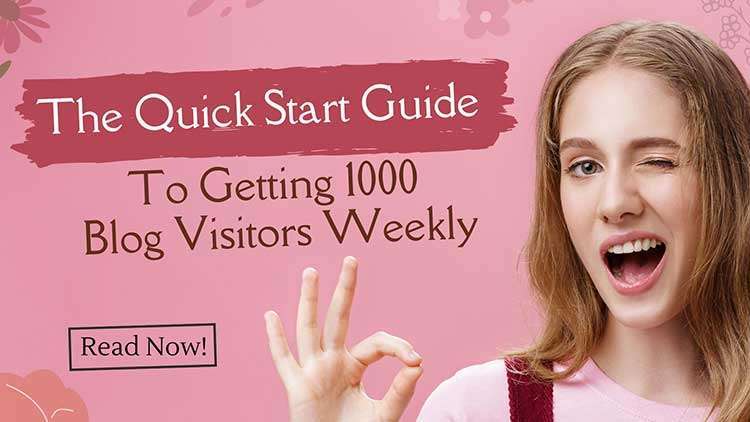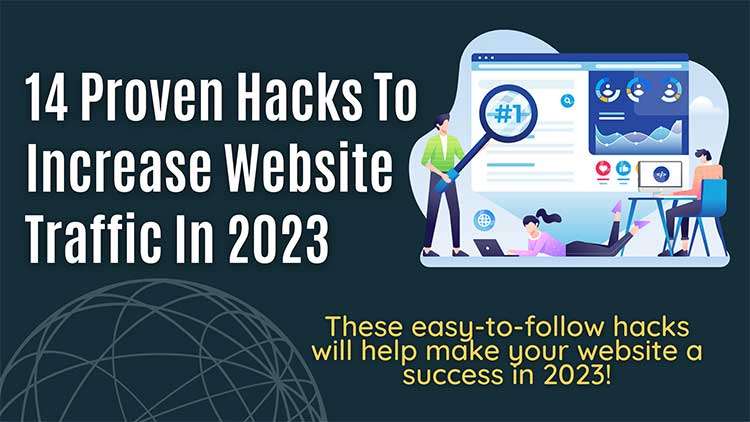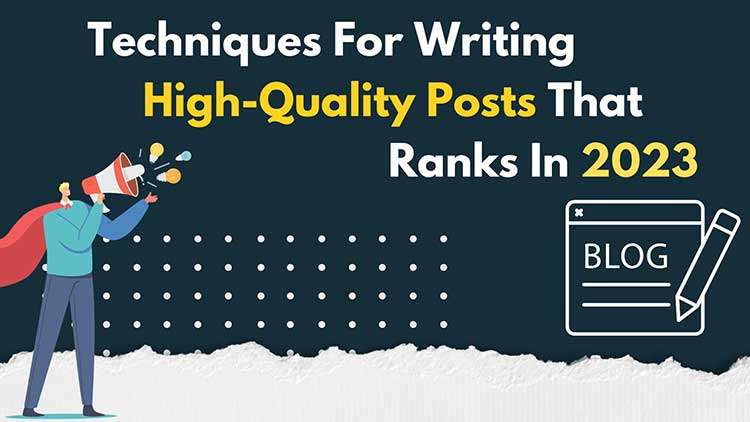If you’re looking to get 1000 visitors to your blog every week, it’s time to start optimizing for search engines and proactively promoting your content. With the right techniques, you can reach a wider audience and increase your blog traffic quickly and efficiently.
1) Start with Keyword Research
The first step to gaining more visitors is researching the right keywords so that your content shows up in search results. There are many keyword tools available, such as Google’s Keyword Planner and KWFinder, that you can use to find relevant keywords for your blog. Use relevant keywords throughout your blog post for maximum SEO optimization and better rankings in search engine results pages.
After you have your keywords, make sure you create clear titles and headings for each of your posts that use the keywords. Also be sure to use the keywords throughout the content of your post as well. Finally, ensure that all posts are shareable on social media with catchy titles and relevant images or videos. Sharing your blog posts with influencers in your industry can help increase traffic to your blog, as well as getting backlinks from other high-ranking websites. Put together an outreach plan to maximize the reach of your blog content and drive more visitors.
2) Optimize Your Content for SEO
SEO optimization is one of the best strategies you can use to improve your website traffic and attract more visitors. Optimizing your post for SEO involves correctly using keywords in the body of your post, as well as incorporating other on-page SEO tactics such as internal linking and optimizing titles and meta descriptions. This will ensure that when users search for topics related to your blog post, it shows up high in search engine results pages (SERPs).
To begin optimizing your blog for SEO, start by researching relevant keywords for each post. Whenever you mention those keywords in your post, be sure to bold or italicize them. Your meta description should include at least one of the keywords you used and accurately describe the content of the post. You may also want to include internal links to other posts on your website, as this will help search engine crawlers understand the context of the page and may lead users to explore more content on your website. Finally, optimize image alt text with keywords as this helps both visitors and search engine crawlers better understand each page’s content. Following SEO best practices will quickly boost your traffic and help you get 1000 visitors on your blog over time.
3) Use Internal Links Strategically
Internal links are a great way to improve your post’s visibility and increase the authority of the pages linked to. This can be done by incorporating internal links that point visitors to other relevant blog posts within your site, which will allow them to easily find more content and keep them engaged on your website for longer. Make sure that you’re linking strategically and not randomly, as this will help send users down a logical path and keep them from bouncing from your website too quickly.
Additionally, it’s important to include links that direct visitors back to the blog post from other parts of your website. For example, you may link an image in a blog post to the post itself by including its URL in the “alt” attribute. This will show up when users mouse over the image and can be used to draw attention back to the blog post. Using internal links this way will make it easier for search engines to discover your content and allow you to get more eyeballs on your content.
4) Leverage Social Media to Reach a Wider Audience
In order to drive more visitors to your website, you should leverage social media networks. Social media channels offer great opportunities for businesses to increase their reach and engage with the right audiences. You can use these platforms for promotion, customer support and even content creation if you do it correctly. Creating marketing campaigns that are tailored around the interests of your target audience is an excellent way to get their attention and start driving traffic to your blog posts.
Start by creating content that your followers will find interesting and engaging. Then, use your social media channels to promote these posts. Take the time to create high-quality visuals for each post, and make sure to always include a shareable link that directs users back to your blog. Finally, track your promotions and metrics carefully, so you can adjust campaigns as needed for better performance. By driving social traffic to your blog, you can start reaching more people and building valuable relationships with potential customers.
5) Try Pay-per-Click Advertising to Increase Blog Traffic Quickly
Pay-per-click (PPC) advertising is one of the most effective and efficient ways to increase the visibility of your content. PPC campaigns can be tailored to target specific customers — allowing you to show your ad to an audience that’s more likely to convert. Through smart targeting, you can create powerful ads that drive quality traffic to your blog posts within a short amount of time.
When setting up your PPC campaigns, it’s important to take note of the different types of audiences. If your blog receives a lot of organic traffic, you might want to target people who have already interacted with your content or visited your website. For example, you can create custom Google Ads campaigns that target people who’ve previously visited your blog by leveraging audience Remarketing Lists for Search Ads (RLSA). With comprehensive keyword and phrase research, you can drive more conversions and get more clicks at an affordable cost. When you use data-driven bidding strategies like Cost Per Click Bid Adjustment and Target CPA,you’ll be able to boost the efficiency of your campaign by ensuring that the amount you spend per click is aligned with your return on investment.
6) Setting Realistic Expectations
If you want to see 1000 visitors on your blog every week, it’s important to set realistic goals. It may not be easy to achieve this quickly, since the success of your blog could depend on competition in your niche, the popularity of your content and other factors. A blog in a competitive niche may have a tougher time reaching this benchmark compared to one in an uncontested field. Furthermore, a new blog can struggle more than an established one that has already built up an audience base. Keep in mind that there is no surefire formula for everyone and experimentation may be needed to determine which strategies will help you reach successful milestones.
7) Building Backlinks
Backlinks are an integral part of SEO as they are very effective in helping to drive traffic to your blog. When other websites link to your blog, it helps search engines to recognize that your content is valuable and relevant. This can help improve your search engine rankings and thus lead more visitors to your site. There are numerous strategies for building backlinks, such as guest blogging, broken link building, and creating shareable content. Guest blogging involves writing an article on another website which includes a link back to your blog or website. Broken link building entails finding broken links on other websites and offering to replace them with a link back to your blog. Creating shareable content is also useful for generating backlinks since you offer value that people want to spread by word-of-mouth or through social media platforms. Focusing solely on high-quality backlinks that boost search engine rankings and drive more visitors should be the priority in building backlinks; using any ‘black hat’ methods may result in penalties from search engines. In summary, building strong quality links is fundamental in driving traffic towards your blog; implementing strategies including guest blogging, broken link building, or creating shareable content can help accomplish this goal effectively.



